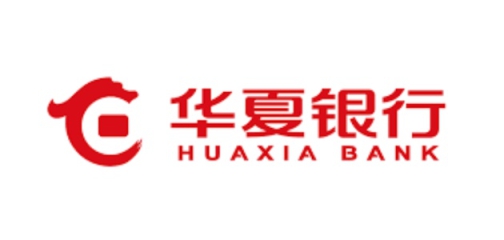
Hua Xia Bank
As a financial institution established in 1992, Hua Xia Bank is committed to providing financial services amid its FinTech transformation by using industry-leading technologies.

INDUSTRY
Finance
LOCATION
China
CLOUD TYPE
Private
CHALLENGES
High Availability, Efficiency, Data Security
ADOPTED FEATURES
Istio Mesh, DevOps, Kubernetes
Introduction
Hua Xia Bank started operation in Beijing in October 1992 when China just opened to the world. It became a nationwide joint-stock commercial bank after restructuring in March 1995. In September 2003, Hua Xia Bank went public as the fifth Chinese bank to be listed on the Shanghai Stock Exchange (Stock Ticker:600015).

Background
As a financial institution, Hua Xia Bank is committed to providing financial services amid its FinTech transformation by using industry-leading technologies.
Hua Xia Bank boasts over 40 first-tier branches nationwide. Each of them has its local banking business which requires fast and secure delivery. Besides, there are many applications covering fund supervision, ETC and payment in each branch written in different languages such as C/C++, Java, and Python. They are deployed using traditional monolithic architectures on VMs. Although Hua Xia Bank has a large custom snowflake ecosystem for development, each tool needs to be configured and deployed separately in the ecosystem.
Adopting KubeSphere as the Platform Solution
As Hua Xia Bank works to migrate its applications to Kubernetes, we have introduced KubeSphere, a developer-friendly distributed operating system, to enhance Kubernetes abilities. With a unified platform to integrate DevOps and manage microservices on top of Kubernetes, KubeSphere has equipped us with a cloud-native stack. Among other things, by using the Istio service mesh, we can easily implement varied grayscale strategies. With its fine-grained access control for projects and DevOps projects, developers and operators can focus on resources accessible to them and we can specify customized roles as needed.
Additionally, observability also remains one of our key focuses in daily development and operations. As such, KubeSphere provides centralized log search and monitoring features, empowering us to quickly locate issues and bottlenecks between different microservices.
Kubernetes is Tailored for Microservices Architectures
As the first team in our bank to adopt Kubernetes since 2019, we have been committed to boosting financial business as we work to innovate for FinTech transformation. Fortunately, several experimental projects have proven that Kubernetes is tailored for microservices architectures, and it is a great time-saver for multiple branches in our bank.
After seeing how quickly containers could be spun up compared to the VMs process, branch developers are looking to run their applications in containers and migrate them to Kubernetes. With both Kubernetes and KubeSphere, we have greatly improved release efficiency (hours to minutes) and accelerated the time to market.
Faster Time to Market
Improved Business
Beginner-friendly
Cloud-Native is a Great Way to Accelerate the FinTech Transformation
When it comes to the benefits to the ecosystem, we think cloud-native represents a great way to accelerate our FinTech transformation. In this connection, we, as pioneers in our bank, have provided some best practices to other projects. Thanks to cloud-native tools of Kubernetes, our developers can quickly deploy and release their applications written in different languages and frameworks while enjoying consistent user experiences.
With both Kubernetes and KubeSphere, we have greatly improved release efficiency (hours to minutes) and accelerated the time to market.
Hua Xia Bank
Working Together
KubeSphere integrates a variety of cloud-native technologies and tools, including Docker, Istio, DevOps and OpenPitrix. We have identified some best practices for using Kubernetes and KubeSphere in our bank.
For banking, most applications must be fault-tolerant, highly available, and reliable, and Kubernetes has much to offer in these aspects. We hope that our case can also be part of the success story in the Kubernetes community as we work together to promote cloud-native adoption.








